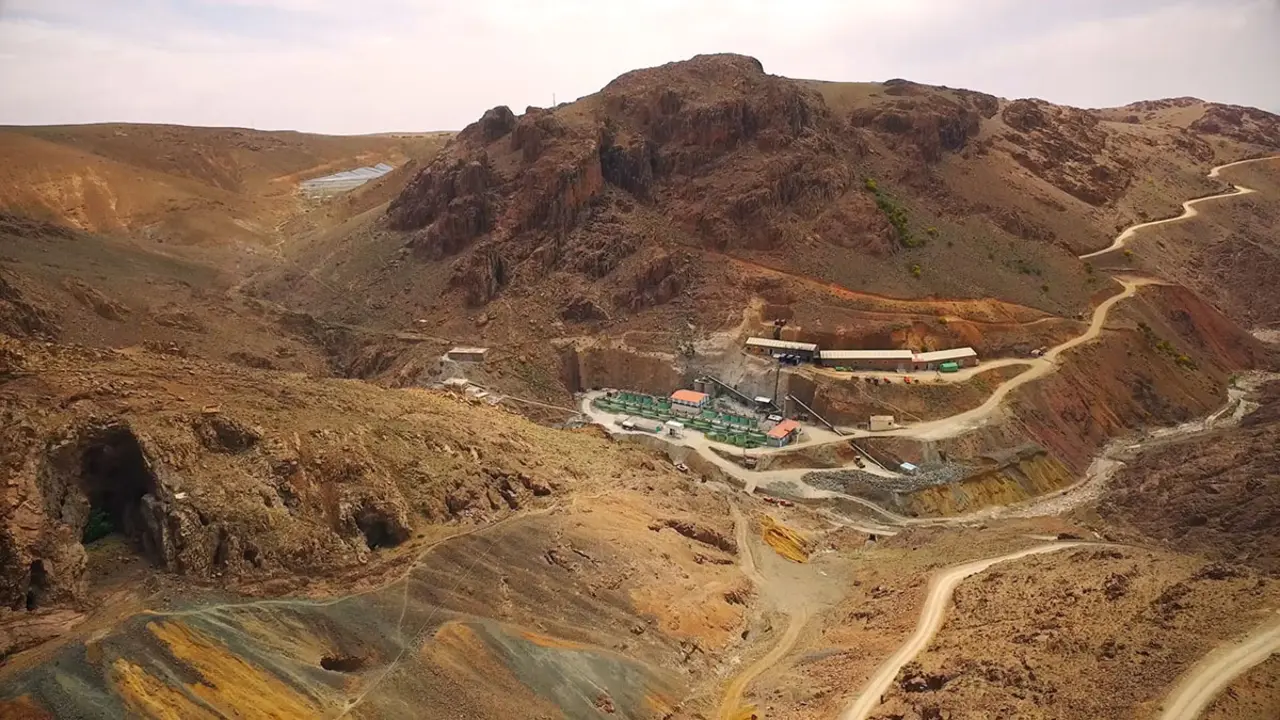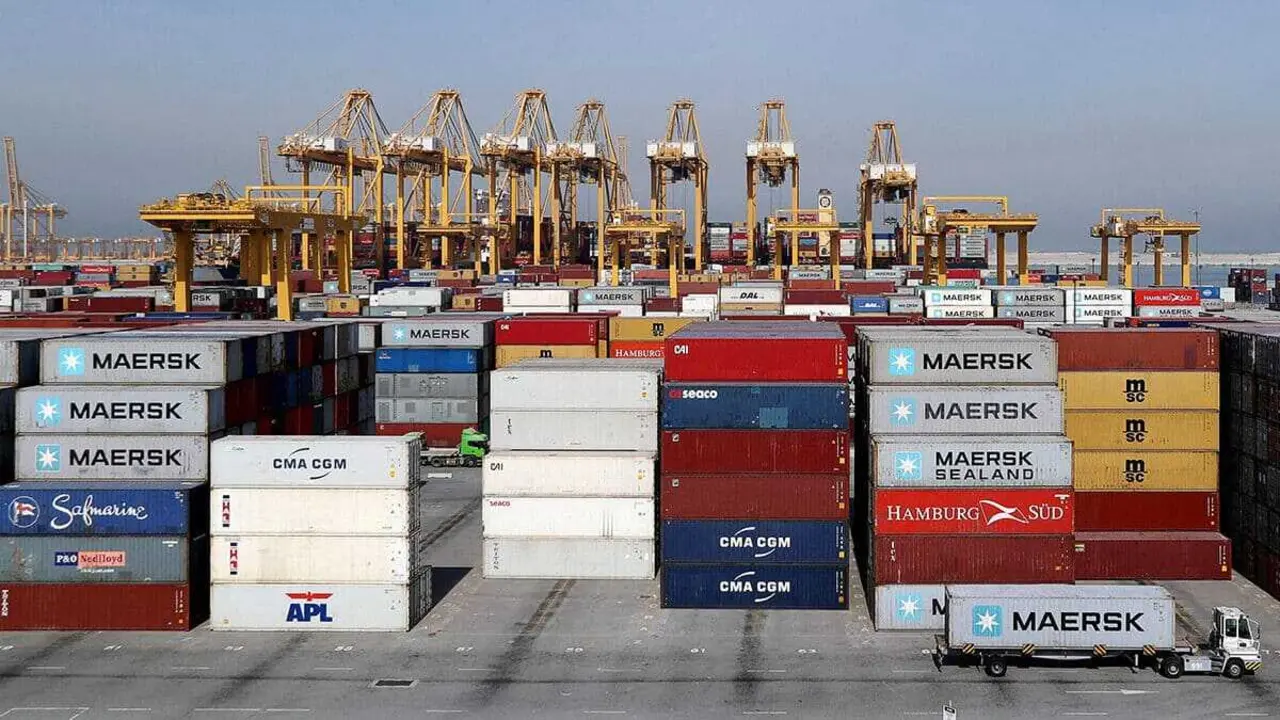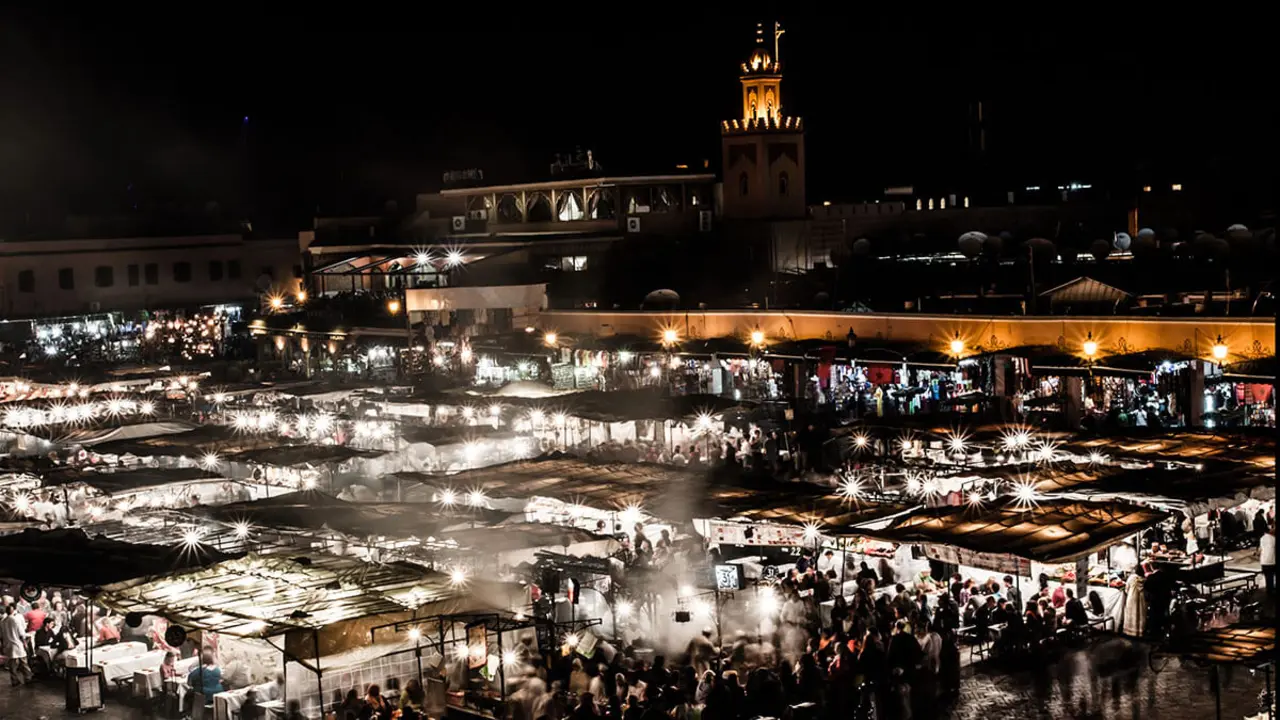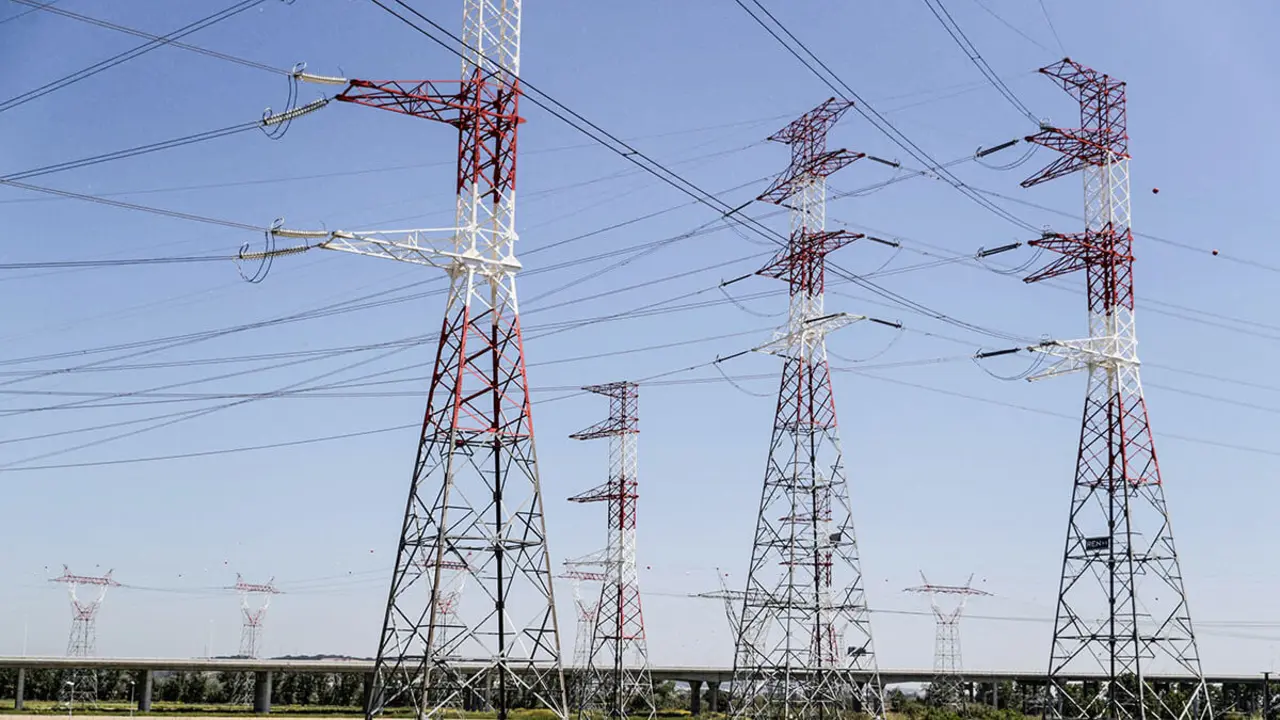Morocco's dams reach 32.22% capacity

The Moroccan government's action against the water crisis generated by climate change is proving to be a success. Supported by recent rainfall across the country, dams in the eastern regions have reached rates not seen since 2019.
Droughts are the main culprit of the problem. In Morocco, water is a precious commodity and the fact that, in 2020, 2021 and 2022, no more than 200mm of rainfall per year left dam basins at less than 25% of their capacity.
The Moroccan government must effectively manage its water resources due to severe water shortages. Each of the Agences de Bassins Hydrauliques (ABH) oversees one of the ten river basins scattered throughout the country. Each basin also has a unique plan (PDAIRE) that outlines how to manage it for maximum benefit.
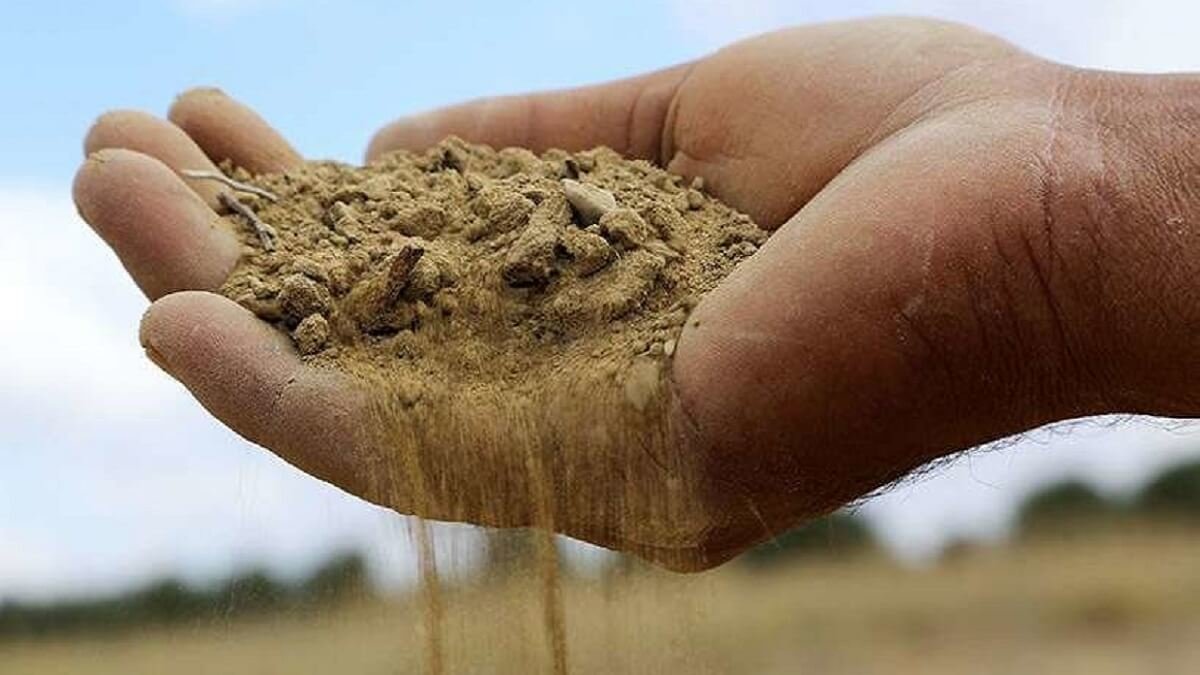
according to the department in charge of managing the Malouya Dam, the capacity of the reservoir reached 32.22%. The department reported that the current volume of water reached 260.5 million cubic metres, noting that recent rains have helped the situation of the dams in the east of the country. The main cities to benefit will be Oujda, Nador and Kenitra.
In addition, the institution reported that the filling rate of the Mohamed V Dam had reached 63% or 104 million cubic metres, out of its total capacity of 165 million, and that the stock in the Wad Za Dam had reached 96 million cubic metres out of the total 226 million, equivalent to a rate of 42%.

Meshreh Hammadi Dam records are about 3.82 million cubic metres out of a total capacity of 4.67 million with a filling rate of up to 70%, while it amounted to 7.635 million for Tamalot Dam (17%) out of a total of 46 million. With a reserve of 2.8 million cubic metres, the Angel Dam is at 22%. In addition, the current injection volume of Hassan II Dam has reached 47.053 million cubic metres, or a filling rate of 13%.
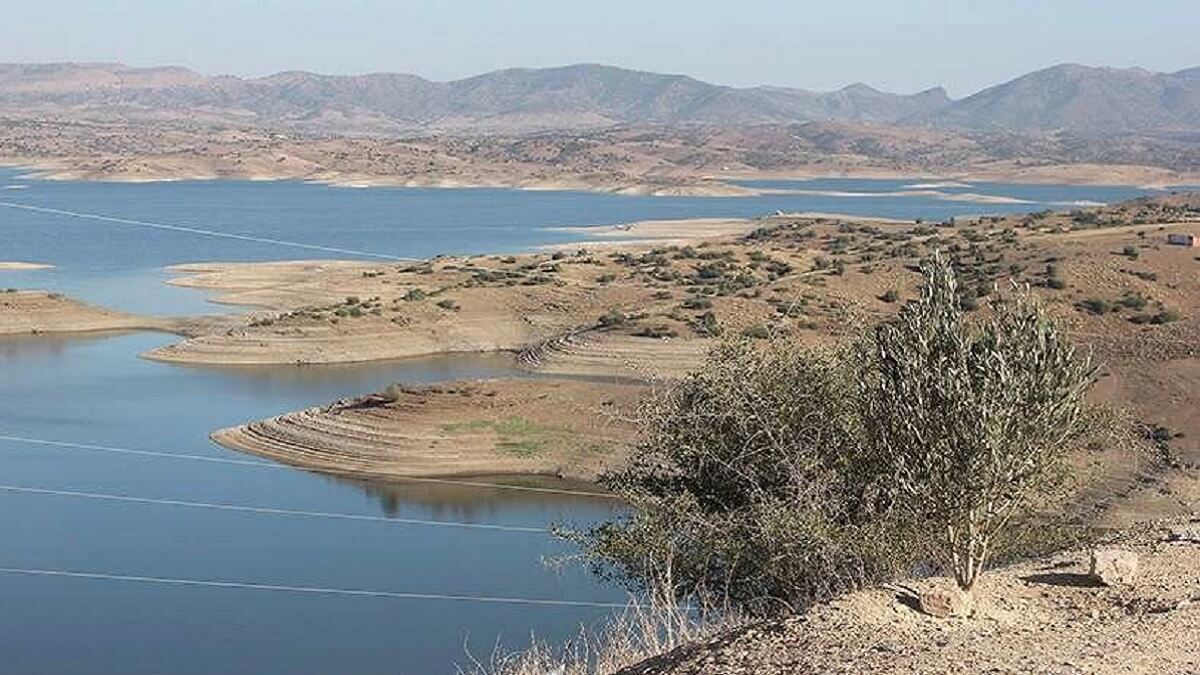
On the other hand, the Ministry of Equipment and Water explained that the rains that fell in the east of the national territory last Saturday and Sunday helped to recover, particularly with regard to the dams in the Malouya basin. This will help the water to accumulate and ensure that the agricultural season starts off on the right foot.
The ministry said that "despite the arrival of load water to the dam injections, and the subsequent dredging of dust and sediment that may cause high water turbidity, this will not affect the state of drinking water supply to the affected territories for the time being."
He stressed that the Malouya Basin Department, the National Office of Electricity and Drinking Water, the Independent Water and Electricity Distribution Agency, the Malouya Regional Agricultural Investment Office and local authorities have been monitoring water quality in order to ensure that both irrigation water and drinking water are available to the population of the eastern regions.





